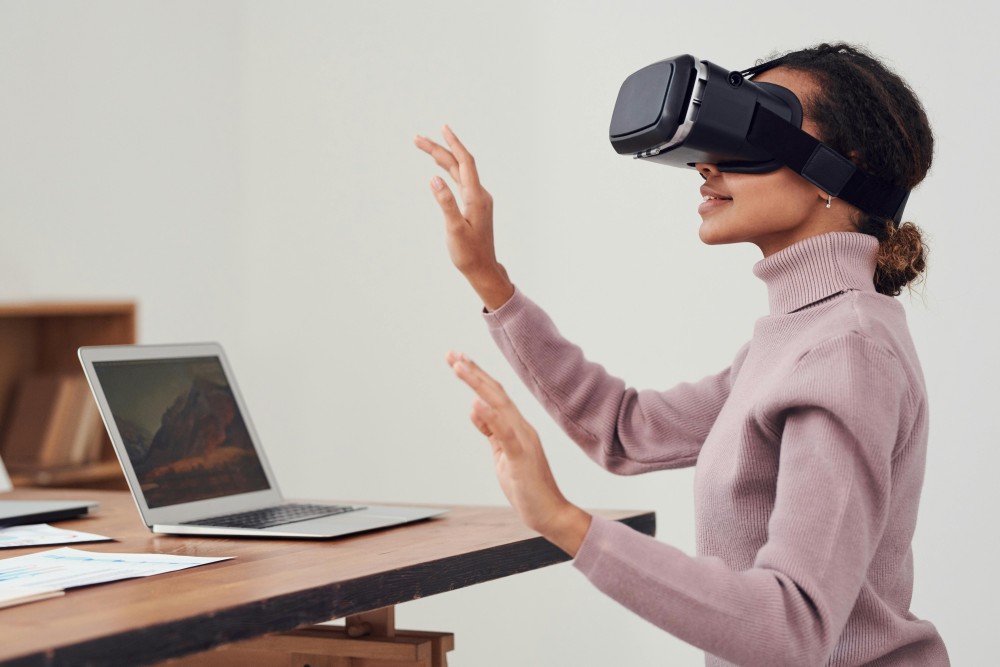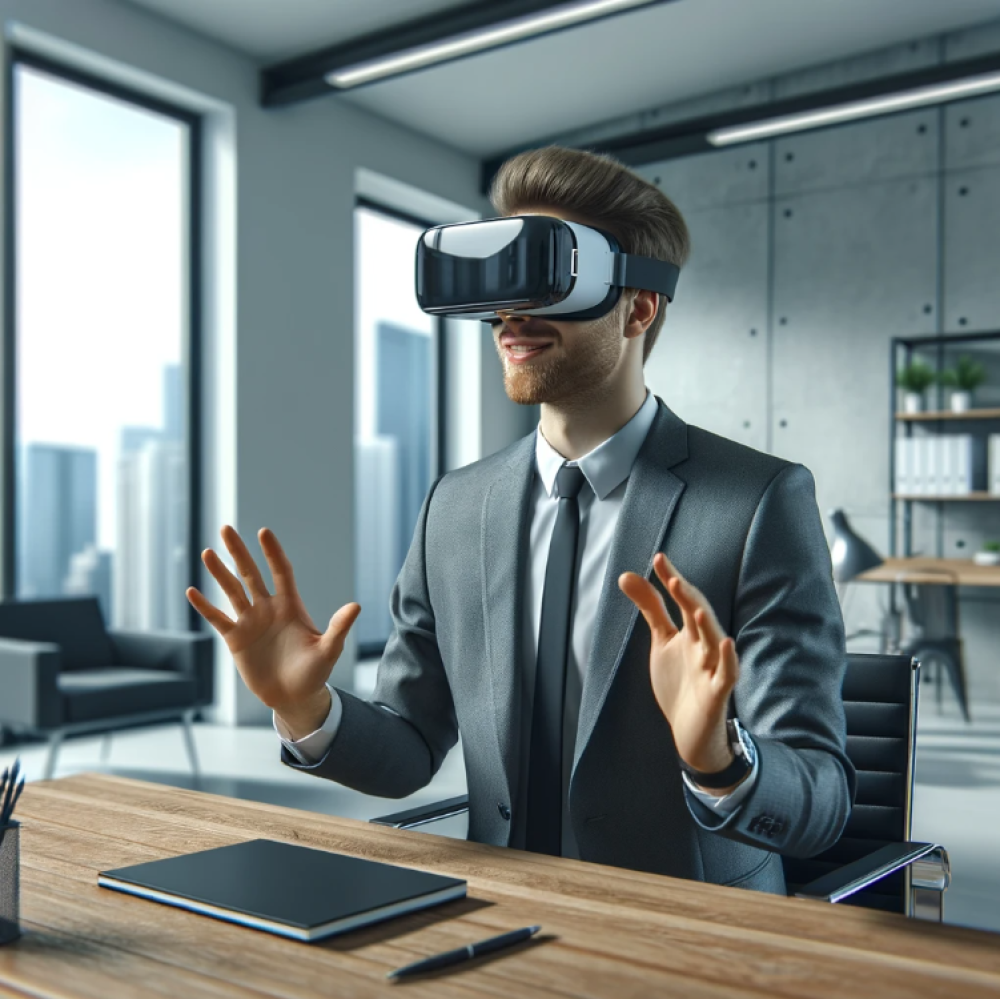Introduction
In recent years, virtual reality (VR) and augmented reality (AR) have increasingly penetrated various areas of our lives, from entertainment to professional training. However, one of the most promising areas for using these technologies is the recruiting process. With the use of VR and AR, companies have a unique opportunity not only to optimize the interviewing process but also to significantly improve the quality of personnel selection through a more in-depth analysis of candidates’ competencies and skills.
Current use of VR/AR in interviews
The use of virtual and augmented reality in interviews is beginning to gain traction, especially in high-tech industries such as IT and medicine. Companies like Google and Microsoft are already actively experimenting with VR/AR for interviews, allowing candidates to demonstrate their skills in a simulated work environment. This not only increases the objectivity of the assessment but also provides candidates with the opportunity to express themselves in non-standard and innovative tasks.
Implementation examples and results
The use of VR in interviews allows organizations to create standardized test environments where candidates can interact with virtual objects or simulated scenarios. For example, in the medical industry, VR is used to evaluate candidates' ability to perform complex procedures under pressure. In IT, AR can help test a candidate's ability to work with the latest technologies without being physically present in the same office as the interviewer.
Pros and cons of using such technologies
One of the main advantages of VR and AR is the ability to objectively and comprehensively assess candidates’ professional skills. These technologies also help companies save time and resources because interviews can be conducted anywhere in the world, which is especially important for international companies. However, there are also certain disadvantages, such as the high cost of hardware and the need for specialized software, which can be a barrier for small and medium-sized enterprises.
Our company's plans for the future in the field of recruiting

Our company strives to become a leader in innovation in the field of recruiting, introducing advanced virtual and augmented reality technologies. Our plans for the future are aimed at creating more efficient, interactive, and personalized recruitment processes, which will allow us not only to improve the quality of hiring but also to ensure that new employees are more deeply integrated into the corporate culture.
Investments in VR/AR technologies
In the coming years, we are planning significant investments in the development and implementation of VR/AR solutions in the interviewing process. This includes purchasing the latest hardware and software, as well as collaborating with leading developers in the field. The goal of this investment is to create a unique virtual interview platform that will allow candidates and interviewers to interact in a realistic, controlled environment that is as close to the real world as possible.
Planned changes to interview processes
We plan to review and optimize our current interviewing methods, incorporating VR and AR elements into the process to better assess the professional and personal qualities of candidates. It is expected that this will allow us to more accurately determine applicants' potential and their ability to adapt to a rapidly changing work environment.
Preliminary studies and pilot projects
Before the full-scale implementation of VR/AR technologies in interviews, we will conduct a series of preliminary studies and pilot projects. These projects will aim to test different approaches and tools in real-world settings to assess their effectiveness and usability for both interviewers and candidates. Particular attention will be paid to collecting feedback and analyzing it for further improvements.
Challenges and prospects

Integrating virtual and augmented reality into interviewing and recruiting processes promises revolutionary changes, but also presents a number of challenges that require careful consideration and a strategic approach.
Main challenges when implementing VR/AR in interviews
- Technological barriers: Providing a high-quality VR/AR experience requires significant technology investment, including hardware and software. There are also issues of compatibility and scalability when it comes to global application in a multicultural environment.
- Organizational changes: Adopting new technologies will require changes in corporate culture and processes. Employees will need to be trained to use new tools and existing recruitment procedures will need to be adapted.
- Privacy and Security Issues: When working with candidates' personal data, privacy issues arise, especially when using cloud and other technologies for storing and processing data.
Prospects for the development of VR/AR in recruiting
Despite these challenges, the prospects for using VR/AR in interviewing and recruiting remain promising:
- Improving the quality of hiring: VR/AR allows for a deeper analysis of the skills and abilities of candidates, which contributes to a more accurate and objective selection of personnel.
- Expanding the geography of talent search: Virtual interviews reduce geographic barriers, allowing companies to attract talent from around the world.
- Innovative image of the company: The use of advanced technologies strengthens the company's reputation as innovative and modern, which attracts both customers and potential employees.
Conclusion
Integrating virtual and augmented reality into recruiting processes opens up new horizons for companies looking to optimize and innovate approaches to recruiting. We are actively researching and implementing these technologies to not only improve the interview process but also create a stronger connection between candidates and company culture. Our future plans highlight our commitment to innovation and our commitment to being at the forefront of technological advancement in recruiting.


